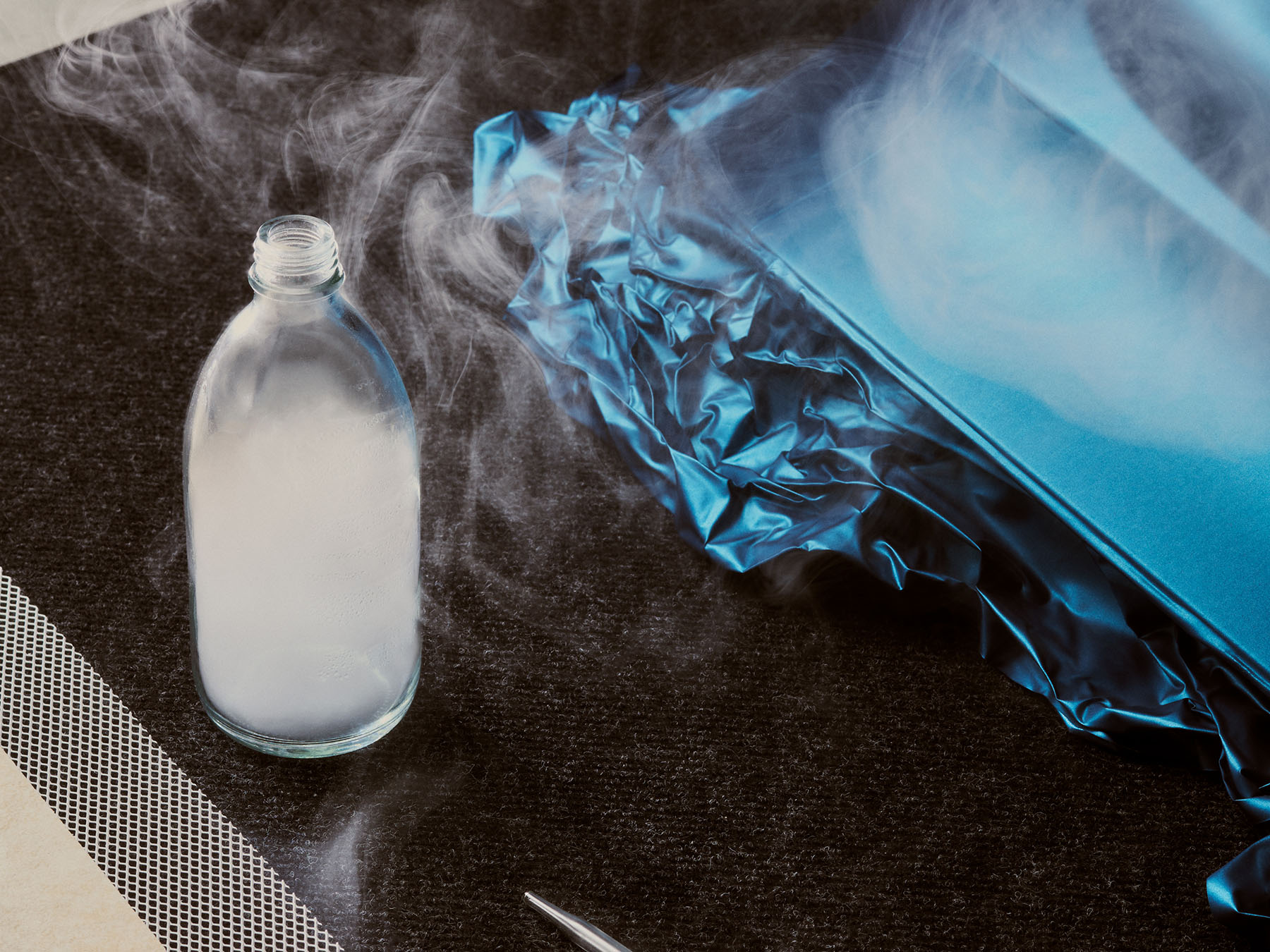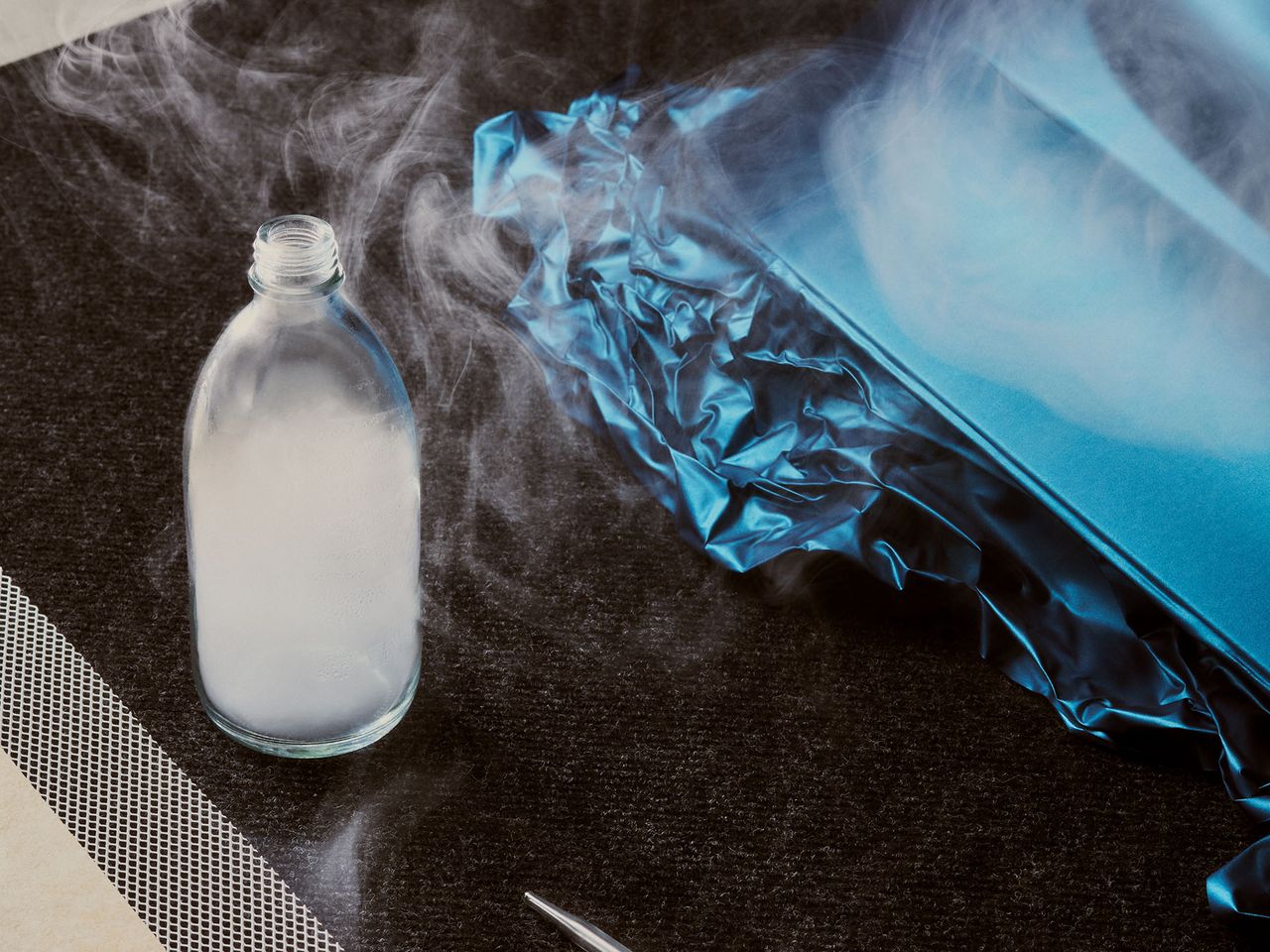
Lighting Knowledge
Shared Spaces
Sustainability appears to be the key to a better world. At least to one where the majority want to live more responsibly. Seasonal, regional, local – you know the score. But sustainability also means thinking creatively about obvious synergies – and focussing on a product that works on different levels.
Buzzword: mushroom. This well-known product is the latest “superfood”. It combines fashion and food and is linked in various ways within the shared space. The common mushroom is therefore a great example of the pervasive, extremely modern lifestyle and values that many people agree upon. So the spotlight once again falls upon a steadily increasing return to a holistic approach. Those who eat responsibly also want to dress sustainably.
While on the rented stalls in the food hall people’s taste and vision is being inspired by rose and lime mushrooms, in the shared space they are learning how vegan leather is made from tinder fungus, a mushroom with a 4,000-year-old tradition. This plant is symbiotically uniting these two single-subject stores.
In the shared space, the range is intuitively diversified. Not only by placing products side by side, rather by combining one central product from two different sectors to jointly create a new one.
The mushroom as the unifying protagonist – the connector – is displayed in various states in-between the opening of two individual shops. In its original state, cultivated on rented stalls and served on the plate. Made into leather on a workbench and even as a final product in the form of a shopping bag for on-site purchases.
Two areas that both turn the mushroom into a common theme, innovatively revive it and even impart knowledge. It’s a sophisticated holistic approach, down to the very last detail.
Mindfulness has long been established as one of the main guiding values in our way of life. An active perception of our immediate surroundings, our own body, our own mind. Even away from the yoga studio, it increasingly seems to be the lowest common denominator as a matter of course.
Of course, nowadays it is no longer enough to simply offer a good product. Brands, whether food or beauty, must be transparent and ensure that mindfulness takes priority when using resources and dealing with employees. Only those who act with caution can survive as a serious company in the long term.
Hardly anyone wants to pursue hollow consumerism these days. So purchasers need to be convinced at all levels. This also means sharing common values. Identification is the buzzword here.
Buyers want to exchange ideas about their new, jointly-created experiences within their shared environment. The shared food and beauty space creates such an environment. The herb garden is the unifying element in this case. A place to meet and reflect for a moment. And yet integration also runs through this exchange – a dialogue about shared values.
The craving for contemplation in fast-moving times is satisfied here thanks to the creative interaction between the herbs. Rosemary, lavender, eucalyptus – used as tea, ingredients in beauty oils or to season dishes.
Wherever you look, the focus is on sensitive simplicity. As food and beauty merge into one meaningful experience.
Online is certainly more convenient, but much less fun. Information, tutorials, virtuality – none of these are sensual, emotional experiences. In an attempt to compete with the ever-growing world of eCommerce, you can always confidently rely on the real thing. Or in other words: taste, touch, smell.
Real senses, extending beyond sight, can generate added value that cannot be found anywhere else outside the “real” world. So those wanting more than the WWW will find a common and equally unifying experience in the shared beauty and mobility space: fragrance.
At the scent bar, two otherwise separate areas are deliberately merged. At second glance, it becomes clear that the interlinking of the common theme of olfactory perception forms an entirely natural symbiosis. Because what would a car be without a smell? And what would perfume be without association?
Aromas affect our brain and thus our decisions. Just as a full-bodied flavour is important when eating, an ideally personalised sense of well-being sets the tone when getting into a car or entering a room. And this includes a pleasant fragrance.
Those who remain flexible, creative and innovative will not go under. The distinctiveness of the interaction between the beauty and automotive sectors, created by aromas which are inspired by rubber or leather seats, is far too exciting for that.
Personal interaction is what many are thirsting for in the digital age. While everything is easy to do online, it remains largely anonymous. Those wanting to create unforgettable shopping experiences, where customers feel they are taken seriously again, need to offer intensive, personal consultations.
The social as well as the sensual aspect is another advantage over the impersonal eCommerce market, which nevertheless continues to grow. Individual service represents added value when it comes to casting the conventional consumer environment in a new light.
And this is exactly where these two advice-heavy sectors unite: mobility and fashion. In their shared space, everything revolves around the motto, “host”. The customer, as an individual. We are devoted to them, recognise their needs and do our utmost to meet these. The mood bar, the entry point to both areas, as it were, acts as an element that physically and therefore functionally connects the two.
Not only face-to-face conversations occur here, but more specifically, guests are also dealt with carefully and calmly. Eye tracking is used to accurately determine the customer’s current state of mind. Depending on their mood, the guest receives an individual experience. The starting point is always a personal greeting accompanied by an appropriate drink at the bar.
The customer can then use their personalised token, which stores their mood, to begin their very own shopping experience. The lighting in the changing room also adapts at the right moment, as does the driving experience in the mobility area. Not only does the eye tracking measure customers’ wishes, but some extra ones may even be coaxed out of them: ones they weren’t aware existed.
Those who focus 100% on their customers, attach critical importance to them, place them centre stage and produce genuine emotions, will positively influence purchase decisions. This closeness only works in store, not digitally. And when shopping becomes a feeling, it is an experience we want to share with others away from the shop too.






